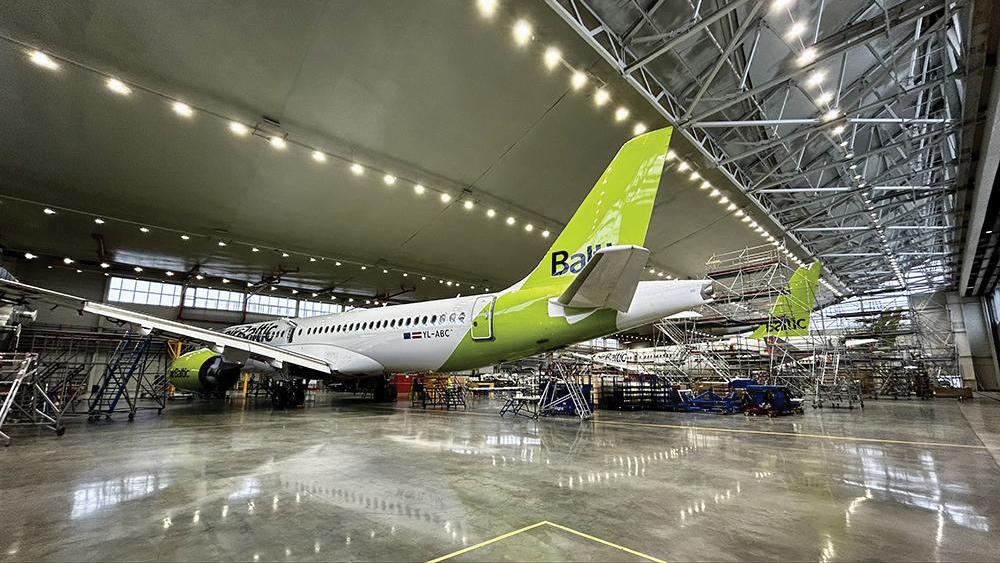
AirBaltic is building two temporary hangars in Riga to meet growing demand for A220 maintenance.
Credit: Kurt Hofmann/Aviation Week Network
AirBaltic CEO Martin Gauss discusses the Riga, Latvia-based airline’s Airbus A220-300 maintenance and its Pratt & Whitney engine experience. Interview by Kurt Hofmann . Gauss will also be among the high-profile speakers taking part in MRO BEER on 26-27 June in Vilnius, Lithuania, the region's...
How AirBaltic Handles Fleet Growth, GTF Problems is part of our Aviation Week & Space Technology - Inside MRO and AWIN subscriptions.
Subscribe now to read this content, plus receive full coverage of what's next in technology from the experts trusted by the commercial aircraft MRO community.
Already a subscriber to AWST or an AWIN customer? Log in with your existing email and password.





